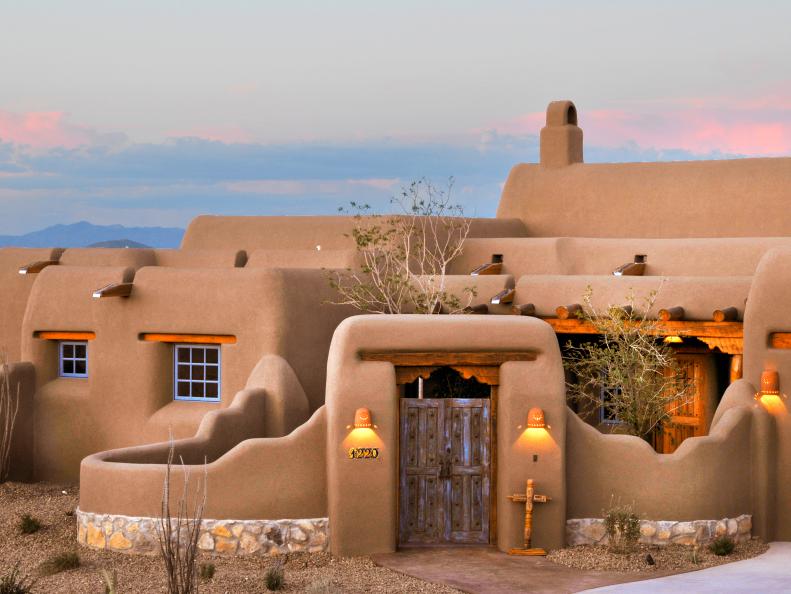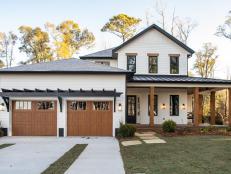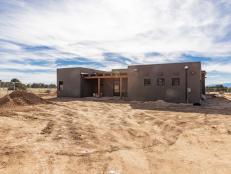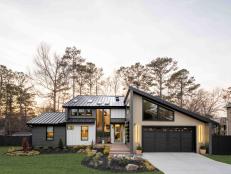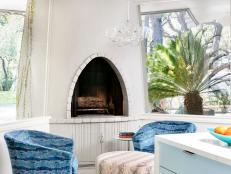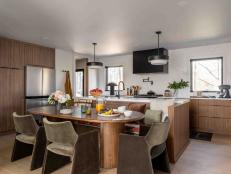1 / 15
Defining Adobe Design
We’ll start at the beginning, shall we? The word “adobe” is the heavy clay used in making bricks of sun-dried earth and straw. Used for thousands of years and found throughout the world, the building material is ideal for dry, desert-like climates like the southwestern United States.






